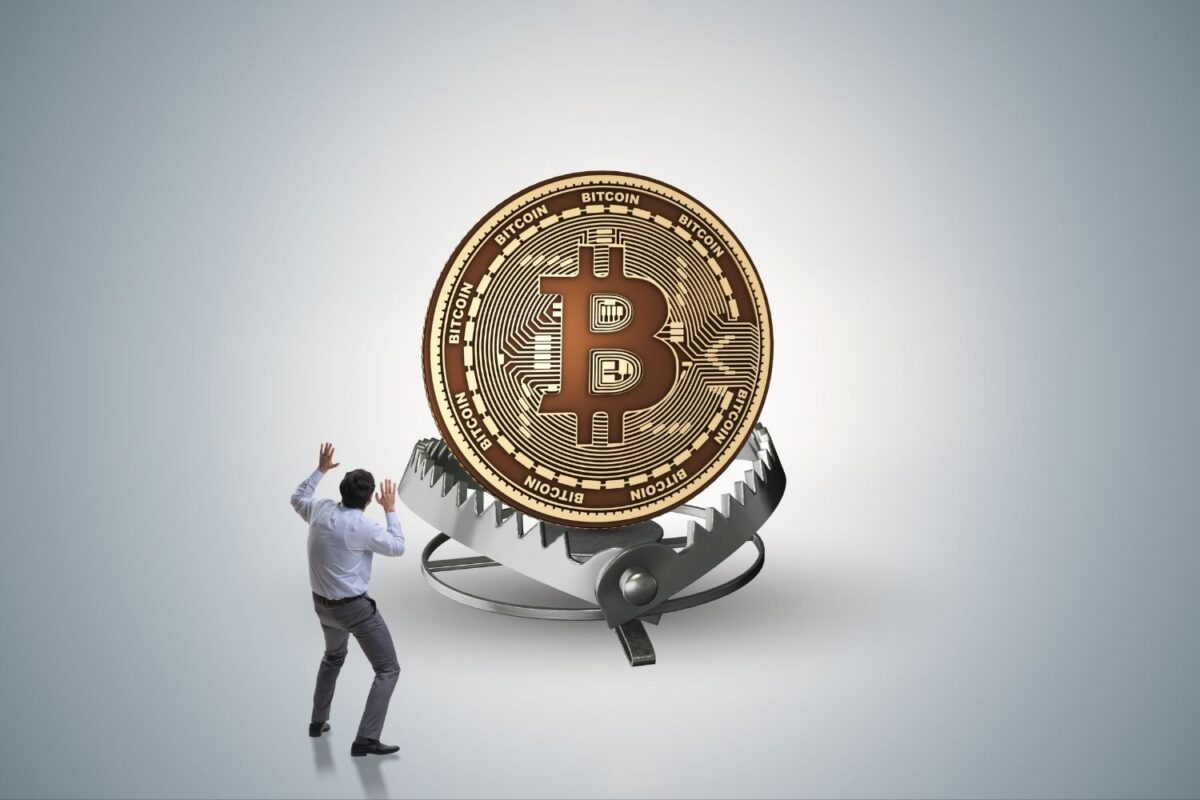Over the past 13 years Bitcoin has grown an eye-watering 44,371,892% to its current price of US$39,615 (54,464 AUD). This means that if you’d been wise (or lucky) enough to have purchased just $1 worth of Bitcoin in July 2010, you’d now be sitting on a very tidy $443,000 today. In fact, Bitcoin is actually the best performing asset of the past decade, eclipsing all other high growth assets by a margin of over 1000%.
The stories of people who’ve experienced these life-altering returns certainly aren’t hard to find — they’re posted all over the internet: driving cryptocurrency coverage and the number of brand new investors engaging in “FOMO” buying, to new all-time highs.
These are some of the most important things that every new (and seasoned) crypto investor needs to know about.
1) “FOMO” Buying
FOMO-buying looks a lot like this: you’ve been watching the charts for Bitcoin and Ethereum go up for the past few days and that big green line has you kicking yourself for not jumping in sooner.
You think “screw it” and jump in on an impulse without checking the news, or looking for information that might tell you that you’re acting emotionally. You keep checking your portfolio as the token continues to go up, but in a few hours you’re down 10% and in a few days you’re down 30%. You wonder why the market seems to only go down after you buy something, so you sell at a 25% loss, lick your wounds and then repeat the process again in a couple or weeks or days.
FOMO-buying or what experienced traders often call a “bull trap” — is the number one pitfall for any investor, in any market, whether it be stocks, commodities or cryptocurrency. However, crypto is especially dangerous because prices are so much more volatile, with random new altcoins surging over 500%, seemingly every 24 hours.
Wealth manager and behavioural finance expert, Shari Reches says that every new crypto investor should find a partner to discuss a potential investment with, whether it be a friend or family member or financial advisor, before dropping any hard-earned cash.
“Sometimes just talking it through, you start to hear yourself and you realize what you’re saying is emotional and not intuitive and doesn’t make sense…getting that extra dollar may cost you a lot more in the future,” she said to CNBC.
Another great way to actually get some real-time information that can help prevent FOMO-buying is by visiting sites that conduct short-term technical analysis and give some idea of where the price is headed based on actual data. FXStreet is a great resource for getting up-to-date technical information on most crypto assets and it can help investors get a better idea of what to expect in the coming days.
2) Buying A Token Because Celebrities Endorse It
Nearly everyone seems to have “promoted” a cryptocurrency in the past, whether it be Kim Kardashian or Jake Paul. Simply because a celebrity or influencers posts about a certain token on social media does not guarantee that the token will grow in value or maintain its price at all.
This is especially true now, as so many people have caught on to the shady dealings of “pump and dump” schemes, where sketchy actors use influencers to drag unwitting investors into a token before “rugging” and running away with all of their money.
It goes without saying, but unless the celebrity in question is the “Oracle of Omaha” aka. Warren Buffet, they’re probably not people that you should take financial advice from.
3) Investing In Early Stage DeFi Projects
Decentralized Finance or DeFi is a rapidly growing sector in the cryptocurrency market that all crypto investors should approach with a good deal of caution.
Essentially, DeFi is just replacing the old-school borrowing and lending procedures used by banks with updated blockchain technology that can provide large yields for traders and initial investors.
Richard Galvin, CEO of Digital Asset Capital Management told the AFR that DeFi is a lot like the internet in the 1990s — clunky and only for people that really want to try it out.
However, just like the internet in the 90s the technology and the business involved in the technology are only just finding their feet, meaning that many of the big assets and “high yield” tokens of today may be worth nothing in a matter of months or years.
Investing in projects that offer “high yields” of over 50% per year are extremely risky, no matter how good their advertising or promotional material is. Only invest in DeFi what you can afford to lose.
4) Being Unaware Of A Crypto’s Actual Price
If you start getting involved in DeFI or buying NFTs (non fungible tokens) often these digital goods are priced in Ethereum (ETH). So, when you’re scrolling through a page where everything is on sale for 0.1 ETH, that can look pretty harmless, but it’ll actually set you back around $360 AUD.
5) High Gas Fees
Last but not least, is the almighty “gas” fee. Gas fees are the ultimate sneak attack for the new investor looking at buying NFTs or getting involved in DeFI that happen when you transfer ETH around to different wallets and exchanges.
It works like this — if lots of people are using the Ethereum network at a given time, it means that you have to pay more to have your transaction validated. When the network gets really congested you can think that you’re transferring $50 worth of ETH but get hit with a gas fee of $300…
Always, double (triple) check the total amount being charged before you press “transfer” or “accept” on any transfer involving ETH, whether it be on MetaMask or OpenSea.
Read Next
